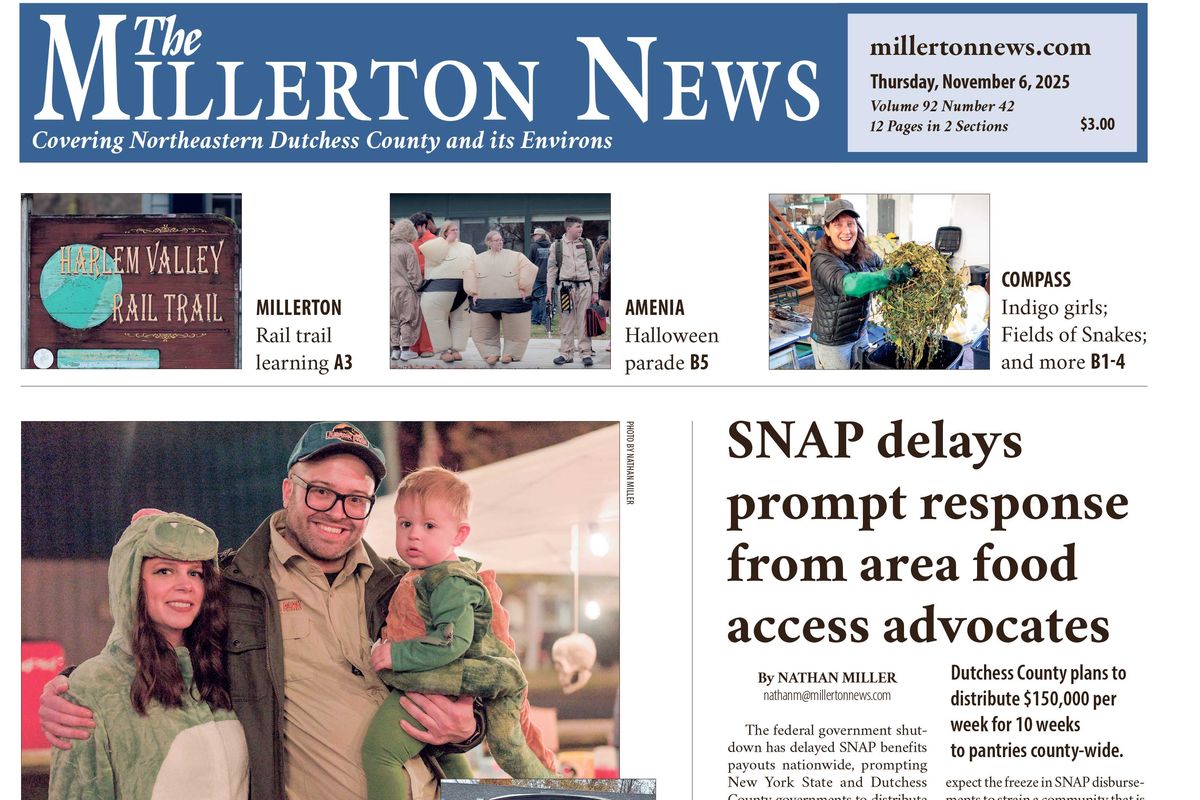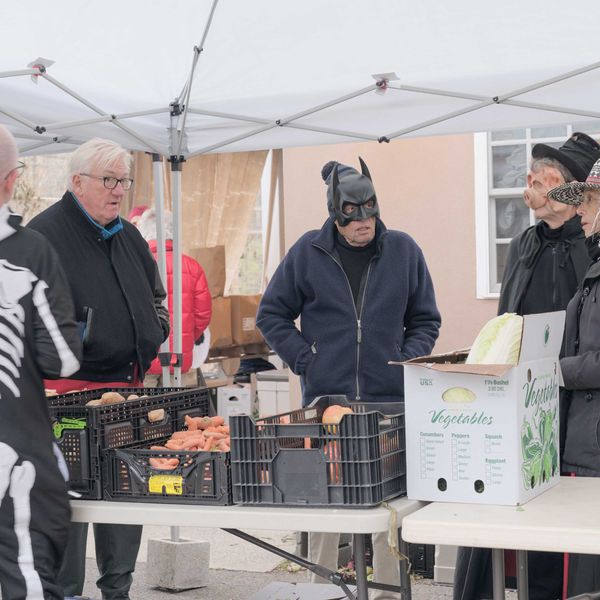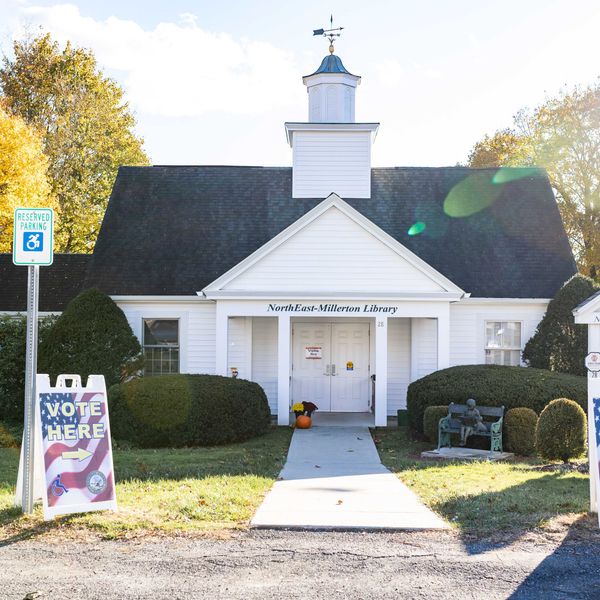Resilience recurring theme at Stissing Mountain High School’s Class of 2021 graduation

As Stissing Mountain High School Principal Tara Grieb called their name, each graduate walked over to Pine Plains Superintendent of Schools Martin Handler, where they received their diploma and a fist bump from Handler and posed for a photo.
Photo by Kaitlin Lyle

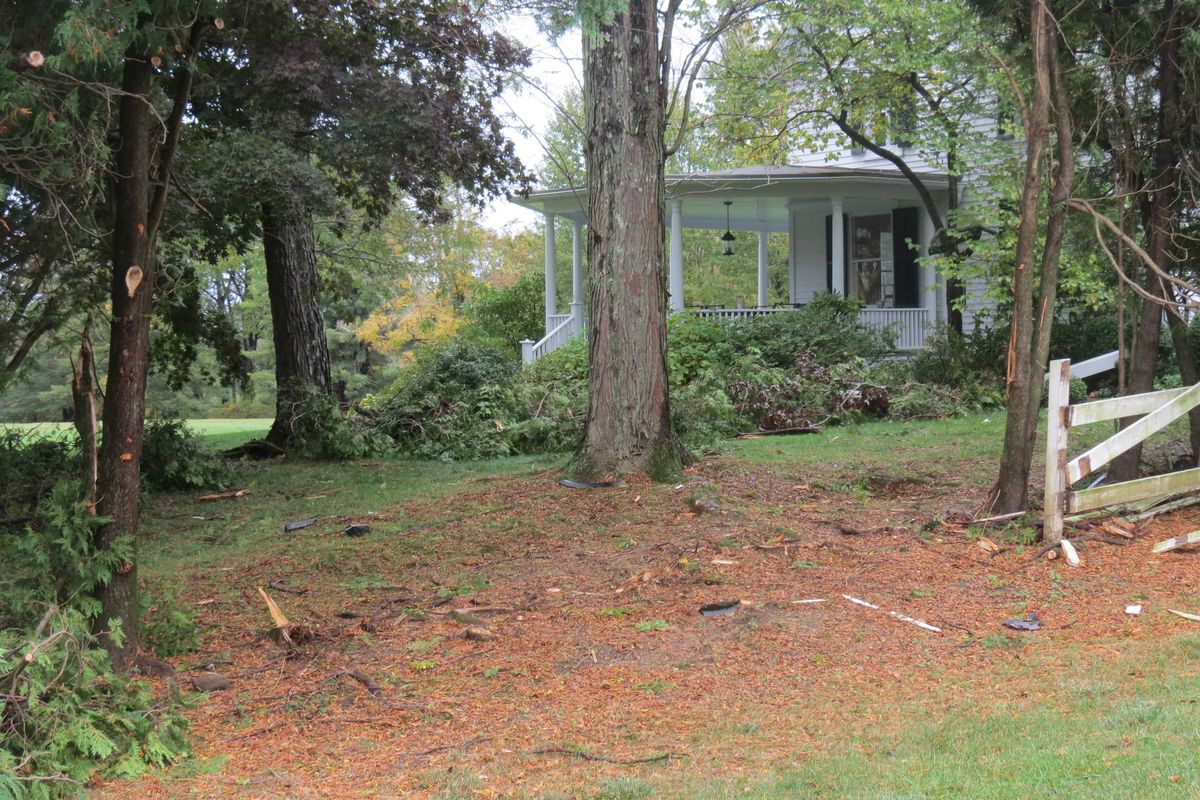



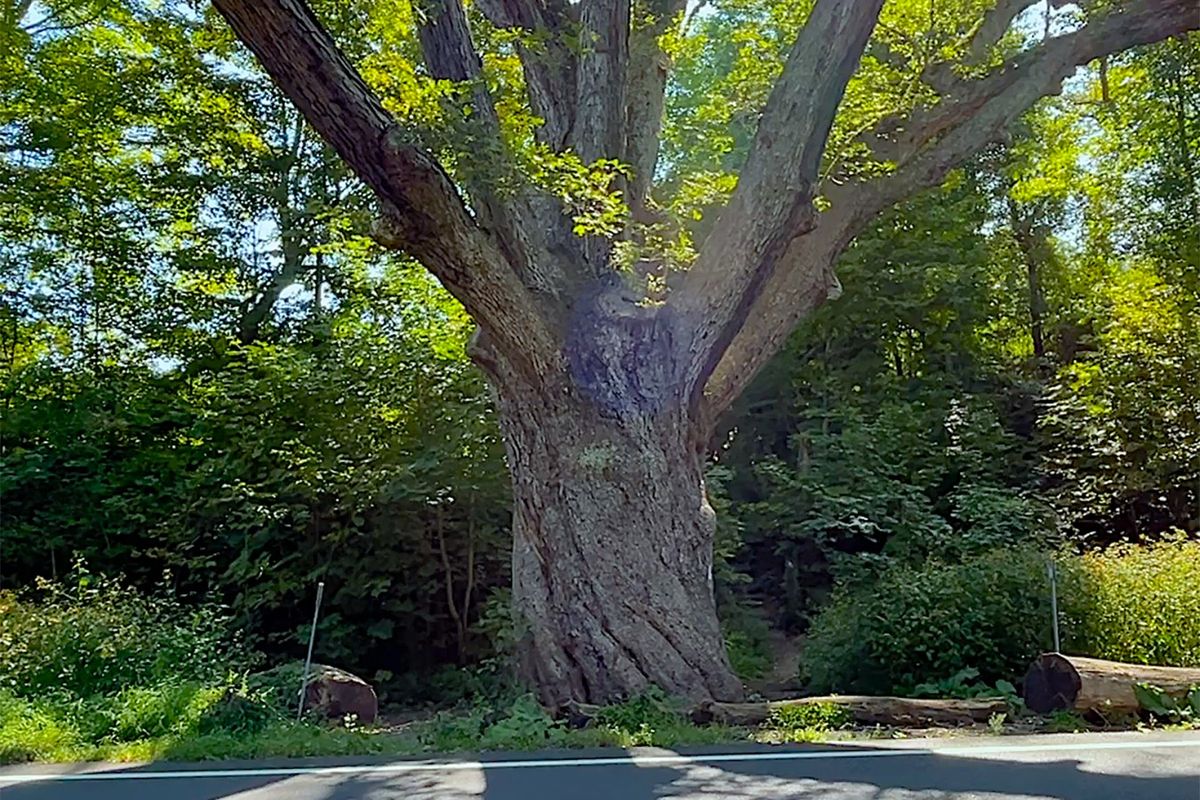
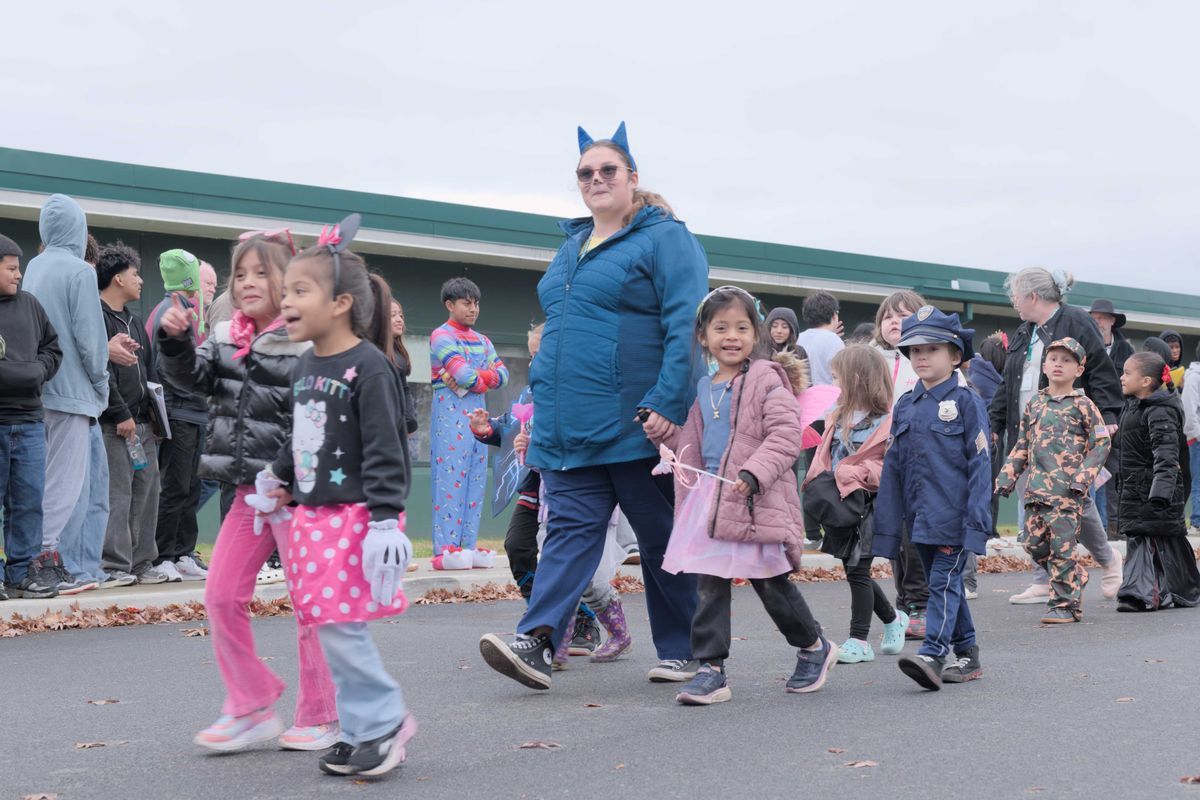
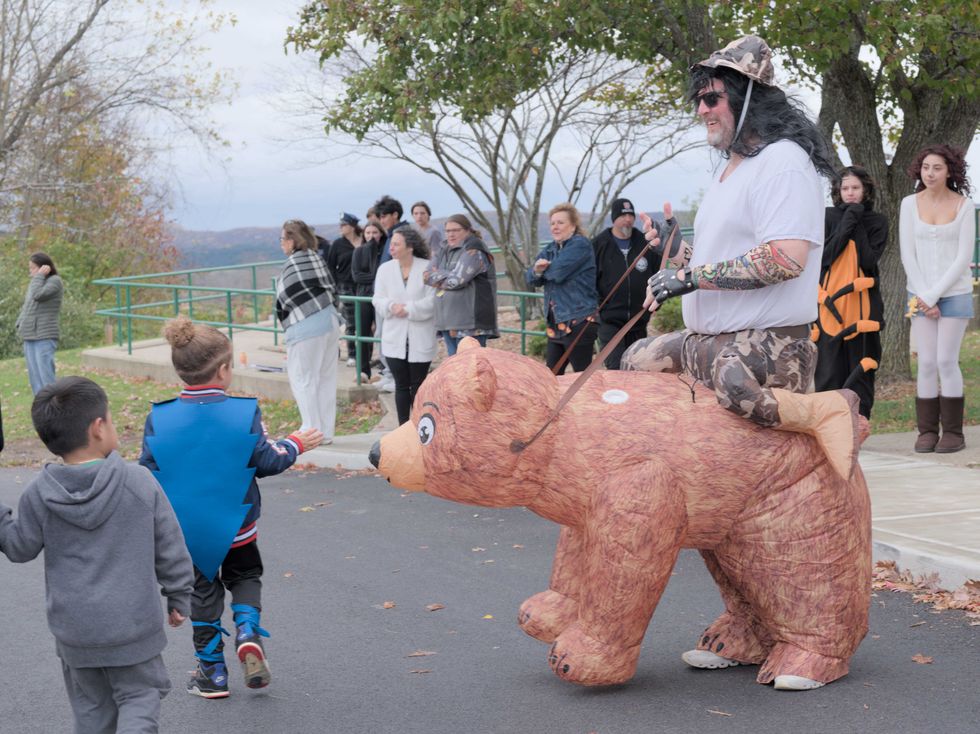 Webutuck High School social studies teacher Kevin Kleespies let students pet his bear steed as they passed.Nathan Miller
Webutuck High School social studies teacher Kevin Kleespies let students pet his bear steed as they passed.Nathan Miller